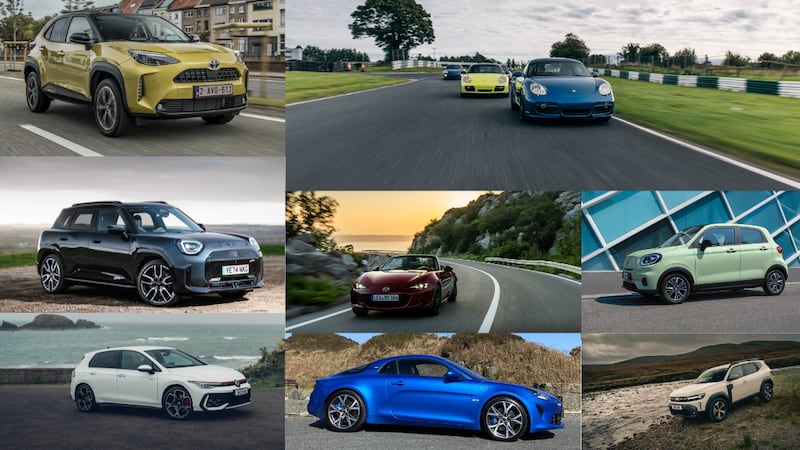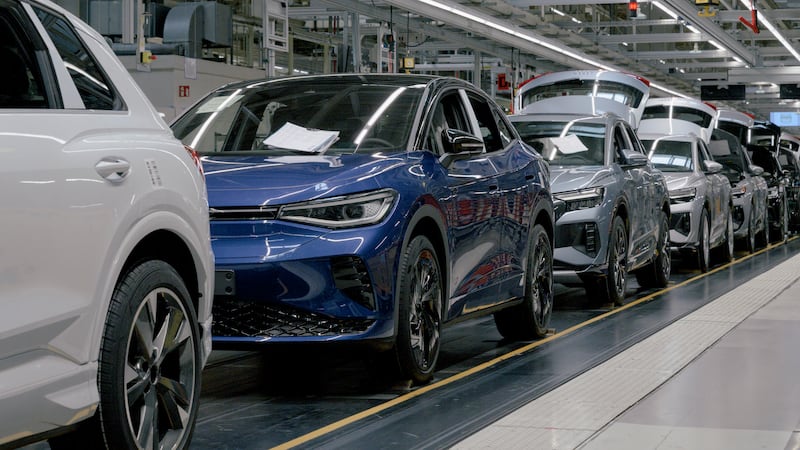When it comes to electric vehicle batteries, China is the king, the alpha, and the 500lb gorilla all rolled into one. Both the Chinese government and Chinese battery manufacturers some years ago set out on a mission to dominate the global market for electric car battery packs, vacuuming up global supplies of lithium, cobalt and manganese, and setting up an infrastructure to produce EV batteries on a huge scale.
Consulting group Benchmark Minerals reckons that even by 2030, with all the billions of euro and dollars being invested in setting up gigafactories in Europe, the US, Canada and elsewhere, China will still be making twice as many EV batteries as every other nation combined.
The biggest of them all is the Contemporary Amperex Technology Co Limited, better known as CATL. In 2022, CATL made 34 per cent of all the world’s electric car batteries. While the likes of Korea’s LG Chem and Japan’s Panasonic are also big global players, other big Chinese brands such as BYD (it makes cars now too, of course, but started as a maker of batteries), CALB, and Guaxon help ensure that China is the dominant force in batteries.
This is politically something of a hot potato, but there’s also an environmental issue with having so many electric car batteries made in China – carbon emissions.
RM Block
Explain to me how EV batteries are made
Making EV batteries is an energy-intensive process. Indeed, it’s primarily down to battery manufacturing that making an electric car generates more CO2 emissions than making an internal combustion-engined car (of course, the combustion car starts to catch up fast once you start driving it around and burning dead dinosaurs in it).
Making batteries in China is slightly more problematic, because so much of China’s electricity production (some 1.04-terawatts, according to Reuters) still comes from coal. According to European eco-think-tank Transport & Environment, it means that each battery made there causes around 120kg of CO2 per kWh of battery capacity. Which means thousands and thousands of tonnes of CO2 for the thousands and thousands of batteries currently being made. And then add on shipping emissions.
[ Electric car batteries: just how bad are they for the environment?Opens in new window ]
If those batteries could be made in Europe, their emissions could be slashed, or at least that’s the contention of Transport & Environment. According to their research, the emissions associated with making batteries could be slashed to just over 40kg of CO2 per kWh if they were made in Europe using largely renewable energy.
Even if those batteries were made using the current EU grid average, they would be some 37 per cent more efficient than Chinese batteries.
Julia Poliscanova, senior director for vehicles and e-mobility supply chains at T&E, said: “Batteries, and metals that go into them, are the new oil. European leaders will need laser-sharp focus and joined-up thinking to reap their climate and industrial benefits. Strong sustainability requirements, such as the upcoming battery carbon footprint rules, can reward local clean manufacturing. Crucially, Europe needs better instruments under the European Investment Bank and EU Battery Fund to support gigafactory investments.”
T&E says Europe desperately needs to catch up in terms of battery-making infrastructure, and in the infrastructure to strip batteries back down again and recycle them at the end of their lives – which will eventually become a crucial component in the supply of raw materials for battery factories.
How far behind is Europe?
The report finds Europe has the potential to manufacture 56 per cent of its demand for cathodes – the battery’s most valuable components – by 2030, but only two plants have started commercial operations so far. By the end of this decade, the region could also fulfil all of its processed lithium needs and secure 8-27 per cent of battery minerals from recycling in Europe. But T&E said processing and recycling plants needed EU and state support to scale quickly.
Julia Poliscanova said: “The battery race between China, Europe and the US is intensifying. While some battery investments that were at risk of being lured away by US subsidies have been saved since last year, close to half of planned production is still up for grabs. The EU needs to end any uncertainty over its engine phase-out and set corporate EV targets to assure gigafactory investors that they will have a guaranteed market for their product.”
There have been some high-profile casualties in the European battery-making stakes so far, however, such as the failure of the Britishvolt “gigafactory” plans and environmental activists causing havoc at Tesla’s Berlin factory, on the basis that the car maker is riding roughshod over local environment concerns.
[ Can I tow a 1,200kg trailer with an EV?Opens in new window ]




















